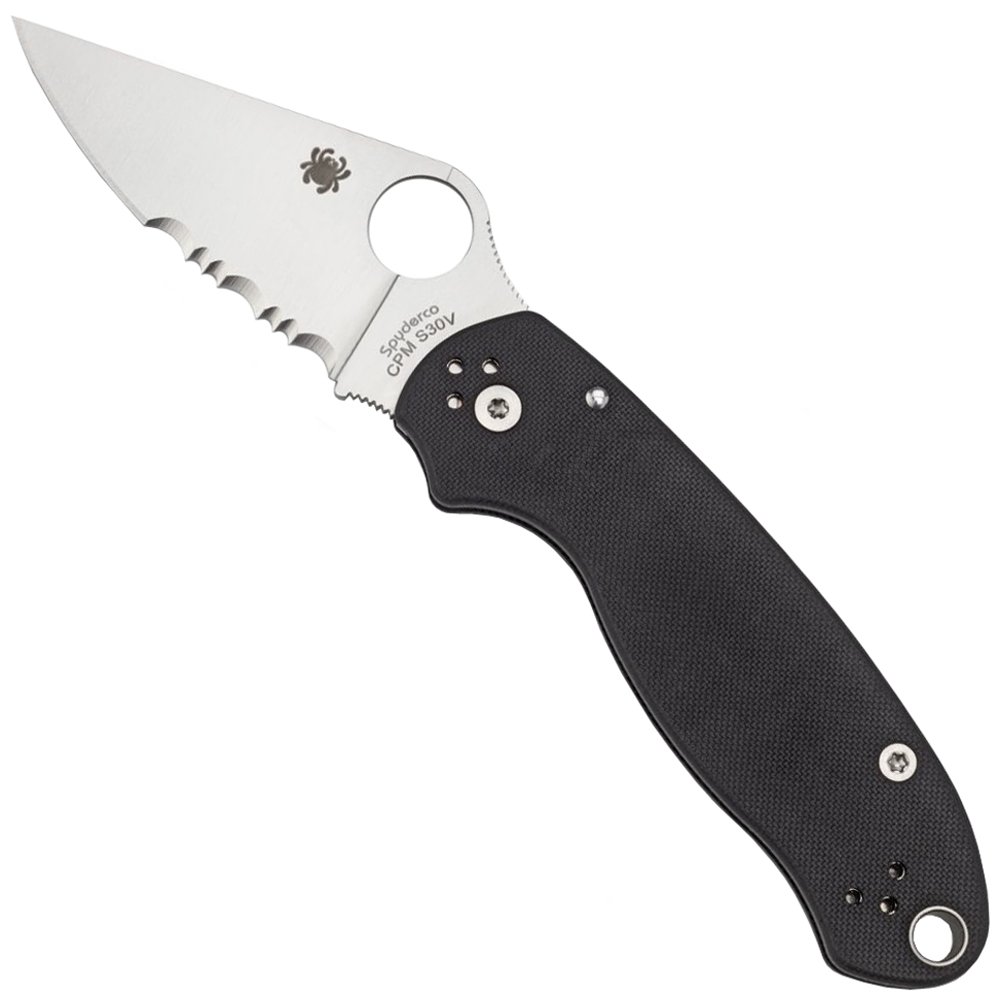
Double-EdgeĪ blade with sharpened edges on both the primary edge and the spine. The clip may be sharpened or unsharpened or may be straight or concave, and the shape is still considered to be a Bowie. This blade shape is named after Colonel James Bowie. The Bowie blade is used to describe any variation of a blade which has a primary cutting edge with a curved “belly” and a clipped point. It has a tip which is reminiscent of the Hawkbill blade, but it has a wide belly in an outward arc. So named due to its resemblance to a backwards letter “S”, this blade shape has the tip curving downward. This shape is also used by emergency and first-response personnel. Ideal for cutting webbing, rope, seatbelts, or clothing. This blade has a blunt tip, which is designed to prevent any accidental punctures. Excellent for quickly getting through lines, webbing, and netting. It is a blade with a sharp curve on it, and it is designed for cutting with a pulling motion. This tearing- and slashing-oriented shape is most commonly used by fishermen. Clip Point / Modified Clip PointĪ blade ground on the spine in an angled or sweeping line downward to meet the point. This could be a disadvantage when slicing or draw cutting, since the tip does a lot of the work. There is no belly or indent, but a straight edge. One main advantage of this shape is that they are very easy to sharpen. It resembles a Sheepfoot, but there is a very sharp point to it. Wharncliffe Blade WharncliffeĪ blade shape in which the point of the knife slides downward from the spine to meet a straight cutting edge at the tip. For this reason, it is widely used in emergency situations.

The main advantage of this shape is that there is no point, and this greatly reduces the chances of accidental punctures. This blade has a smooth cutting edge and a blunted, rounded tip. The drop point shape is one of the most popular shapes for every day carry (EDC). The origin of this shape is in hunting knives.

The Most Common Blade Shapes: Drop PointĪ blade in which the tip point is a little lower than the spine of the knife. Some shapes were invented by seafaring buccaneers and fishermen, others were made by hunters and wilderness campers, and there are also shapes specifically designed for combat, and even emergency situations. There are many different types of blade shapes, and they serve different purposes. This is also a major contributing factor, and it sets knives – and their uses – apart. One of the aspects which is sometimes slightly overlooked is the actual shape of the blade. This has earned the company a reputation as one of the top producers of knives around the world. From the kitchen to the open field Spyderco has a the knife for the job. They have branched out into all types of knife models. Since the release of the revolutionary folding knife Spyderco has since a steady growth in the cutlery industry. Every modern folding knife that has been released since owes a debt of gratitude to Spyderco. This knife single-handedly changed knife design forever. This allowed the knife to sit on the top of the pocket for fast access. Another innovative feature was the addition of a clip on the handle. This knife was designed with a hole in the blade to allow for one-handed opening. They released their innovative Spyderco knife in that same year. Fast forward to 81′ when the Glesser’s moved the company to Colorado. Sal and Gail Glesser began the company selling the Tri-Angle Sharpmaker, a knife sharpener that was the companies first product. Obviously, this also has to do with the designated use of the knife, but essentially the focus on the steel, and the grind which is used (hollow, scandi, flat, etc.) There are many companies producing top-notch knives today and one of the leading knife manufacturers is Spyderco. You can make a great knife with good steel, but you can’t make a good knife with bad steel. When it comes to knives, a lot of focus is (justifiably) given to the blade’s steel.


 0 kommentar(er)
0 kommentar(er)
